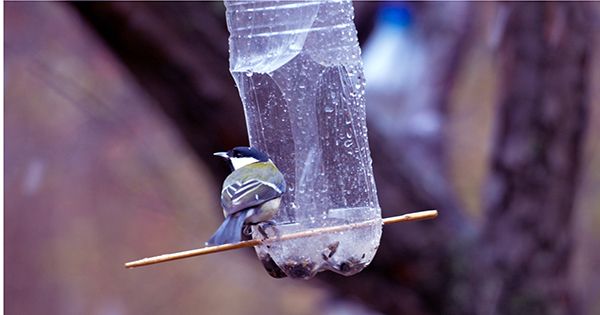The adorable dormouse may be the most sleepless mammal in the UK. After spending less than half a year, they were caught going from house to house to pick up a cheerful snooze somewhere inside a flower. These are incredibly adorable snooker, so you can imagine the joy of a homeowner on the Isle of Wight on the coast of South England, who discovered that an especially portly dormouse has decided to shake the interior of their garden bird food.
The sleepless slut was soaking wet inside the bird feeder just not being able to come out again for the winter just looking for delicious seeds. A dormouse goes into hibernation during the winter months of the year and so is trying to run a lot of competition before winter comes, like Fat Bear Week. Some have even been recorded to double their body weight before hibernation.
Surprised homeowners, unsure of what to do with their trimmed prisoner, contact the Hampshire Dormouse Group for advice. They were told that to make the shaking hole comfortable in a nearby hedgerow, hopefully, it would inspire them to return to grazing in more sessions, open planning spaces. It has been speculated that the nocturnal feeder is lying in the dark, but as soon as the sun rises, the birds will not remember the new resident in their feeding post.
A dormouse, which is endangered in most parts of the UK, succeeds in the Isle of Wight where there are plenty of hedgehogs and no aggressive gray squirrels to steal their food. Wildlife groups such as HDG encourage citizens to report dormouse visits to help conservation efforts to protect these endangered animals.
“These are a priority species and the population of the Hazel dormouse in Britain has declined by 51% since the millennium,” said the Hampshire dormouse Group at IFLScience. “They are in danger of habitat damage and habitat demolition because they use hedgerows, scrubs, and wood as corridors ’to get around. Without these, a population may die isolated or lose its genetic diversity.
“The spread of human growth [in the UK] is a huge one because developers can often clean up or scrub almond areas on the basis that they plant a few saplings or trees. This is ineffective for any current population that has lived in cleared woodlands because small seedlings will do nothing to support dermis for many years. “













